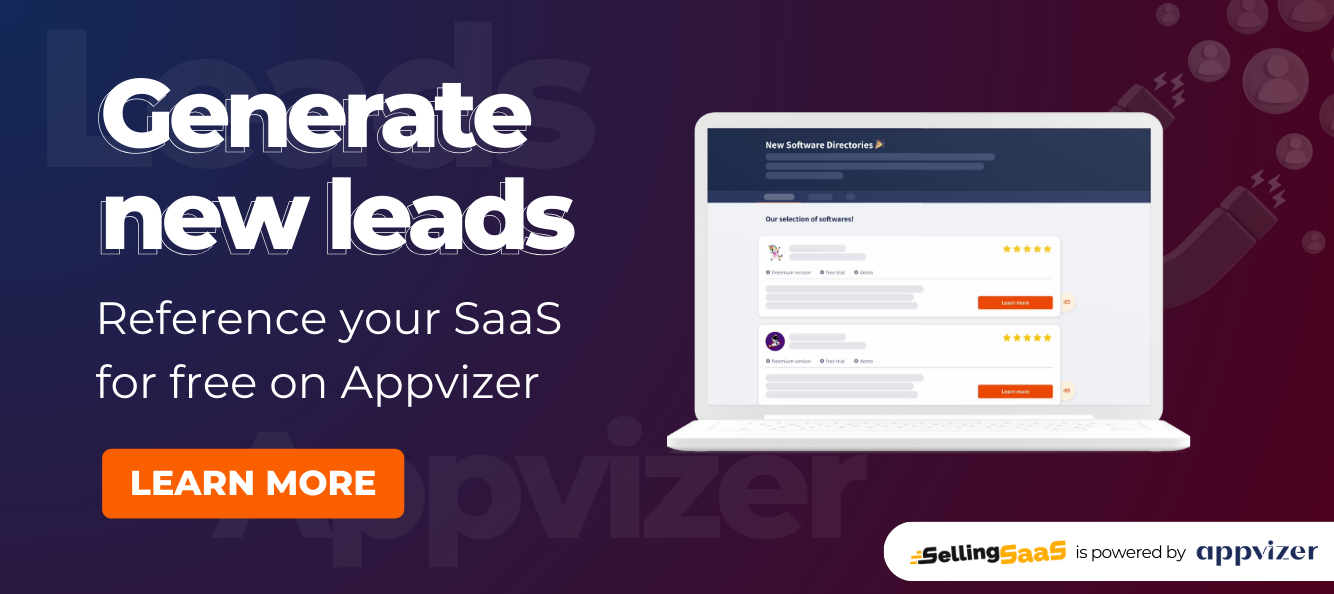Pricing is a pivotal factor in the success of a Software as a Service (SaaS) business. It influences everything from market positioning and profitability to customer acquisition and retention. This comprehensive guide on SaaS pricing strategies aims to provide valuable insights, concrete information, and actionable advice for SaaS vendors and CEOs. We will discuss different pricing models, explore successful strategies in the industry, and delve into key considerations for developing your pricing strategy.
Part 1: Introduction to SaaS Pricing Strategies
a. Understanding SaaS Pricing Models
SaaS pricing models are the frameworks on which companies base their pricing structure. The most common models include:
- Subscription-Based Pricing: Customers pay a regular (monthly or yearly) fee for access to the software. This model often includes different tiers based on features, usage, or number of users.
- Freemium Model: Offers a basic version of the software for free, while charging for advanced features or additional services.
- Usage-Based Pricing: Charges based on the amount of use or consumption of the service. This could be based on the number of users, transactions, or other usage metrics.
b. Popular SaaS Pricing Strategies in the Industry
Several strategies have emerged as popular among successful SaaS businesses:
- Tiered Pricing: Offering multiple pricing tiers, each with a different set of features or usage limits. This strategy caters to a diverse range of customers with varying needs and budgets.
- Value-Based Pricing: Pricing based on the perceived or realized value the product offers to customers. This requires a deep understanding of your customers and how they derive value from your product.
- Penetration Pricing: Initially setting a low price to gain market share quickly, then gradually increasing the price. This is effective in highly competitive markets.
c. Examples of Successful SaaS Pricing Strategies
Let’s look at a few examples:
- Salesforce: Uses a tiered subscription model with different levels offering various features and customization options. This allows them to cater to businesses of all sizes.
- Dropbox: Employs a freemium model, offering basic storage for free while charging for additional storage and advanced features.
- Slack: Combines a freemium approach with tiered pricing, providing a free basic version and charging for additional features and integrations.
This introduction sets the stage for a deeper dive into the considerations and implementation of effective SaaS pricing strategies. Understanding these models and strategies will provide a solid foundation as we explore how to align pricing with customer expectations and business objectives in the next section. Remember, the right pricing strategy can be a game-changer, propelling your SaaS business towards sustainable growth and profitability.
Delving deeper into SaaS pricing strategies, it’s essential to balance customer expectations with the company’s profitability and sustainability goals. This part of the article will guide SaaS vendors and CEOs through key considerations in developing pricing strategies that maximize both customer value and business revenue.
Part 2: Key Considerations for SaaS Pricing Strategies
a. Customer Perspective: What Will Customers Pay?
Understanding your customer’s willingness to pay is crucial. This requires a deep dive into customer needs, perceived value, and market research. Key actions include:
- Conduct Market Research: Utilize surveys, focus groups, and competitor analysis to gauge what customers are willing to pay.
- Segment Your Customer Base: Different customer segments may have different willingness to pay. Identify these segments to tailor your pricing accordingly.
- Test and Iterate: Experiment with different pricing points and gather feedback to find the sweet spot between affordability for customers and profitability for your company.
b. Company Perspective: Maximizing Profitability and Customer Lifetime Value (LTV)
From a business standpoint, the pricing strategy should aim at maximizing profitability and LTV. Consider the following:
- Cost-Plus Pricing: Calculate the cost of delivering your service and add a markup. This ensures that each sale contributes to profitability.
- Analyze Customer LTV: Understand how much revenue a customer generates over their lifecycle and use this data to inform your pricing strategy.
- Bundling and Upselling: Offer bundles or encourage upselling to higher tiers. This can increase the average revenue per user (ARPU).
c. Pricing Model Considerations: Usage-Based, Value-Based, and Other Models
Selecting the right pricing model is a strategic decision that impacts customer acquisition and retention. Considerations include:
- Usage-Based Pricing: Suitable for services where usage can be easily measured and varies significantly among users. This model aligns costs with usage, which can be attractive for customers.
- Value-Based Pricing: Focus on the value your service provides. This requires understanding the impact your service has on customers’ businesses or lives.
- Hybrid Models: Combining different models, such as a base subscription with additional usage fees, can offer flexibility and cater to a wider range of customers.
Incorporating these considerations into your pricing strategy helps align your offerings with both customer expectations and your business objectives. In the next section, we will explore the implementation of these strategies, including tactics for increasing conversion and retention, and analyze case studies from successful SaaS companies. The goal is to create a pricing strategy that not only attracts customers but also nurtures their growth alongside your business.
Having explored the foundational aspects of SaaS pricing, the final segment focuses on the practical implementation of these strategies. This part offers insights into pricing tactics that can enhance conversion and retention, examines the pros and cons of different models, and draws lessons from case studies of successful SaaS companies.
Part 3: Implementing Effective SaaS Pricing Strategies
a. Pricing Tactics and Strategies to Increase Conversion and Retention
Implementing the right pricing tactics can significantly impact customer acquisition and retention. Key tactics include:
- Introductory Offers and Free Trials: Encourage new users to try your service without risk, which can lead to higher conversion rates.
- Tiered Discounts for Long-Term Commitments: Offer discounts for annual or multi-year subscriptions to encourage longer-term commitments.
- Flexible Payment Options: Cater to different customer preferences by offering various payment methods and billing cycles.
b. Pros and Cons of Different Pricing Models
Each pricing model comes with its advantages and challenges:
- Subscription-Based Model: Provides predictable revenue but may not suit all types of customers. It requires continuous value delivery to retain subscribers.
- Freemium Model: Excellent for user acquisition but can be challenging to convert free users to paying customers. It requires a delicate balance in feature availability.
- Usage-Based Model: Aligns cost with customer usage, offering flexibility, but can lead to unpredictable revenue and may discourage usage if not structured properly.
c. Case Studies: Successful SaaS Companies and Their Pricing Strategies
Learning from successful SaaS companies can provide valuable insights:
- Zoom: Offers a freemium model with a basic free tier and paid tiers for additional features. This strategy helped them scale rapidly by attracting a large user base initially.
- HubSpot: Uses a tiered pricing model, allowing them to cater to businesses of different sizes. They effectively upsell and cross-sell within their ecosystem of products.
- Adobe Creative Cloud: Transitioned from a perpetual license model to a subscription-based model, providing them recurring revenue and allowing for constant updates and improvements.
Implementing an effective SaaS pricing strategy requires a combination of understanding your market, aligning with customer needs, and continually adapting to changes in your industry and customer base. By applying these insights and learning from successful examples, SaaS companies can develop pricing strategies that not only attract and retain customers but also drive sustainable growth and profitability. Remember, your pricing strategy is a dynamic component of your business model, requiring ongoing evaluation and adjustment to stay competitive and relevant in the market.


